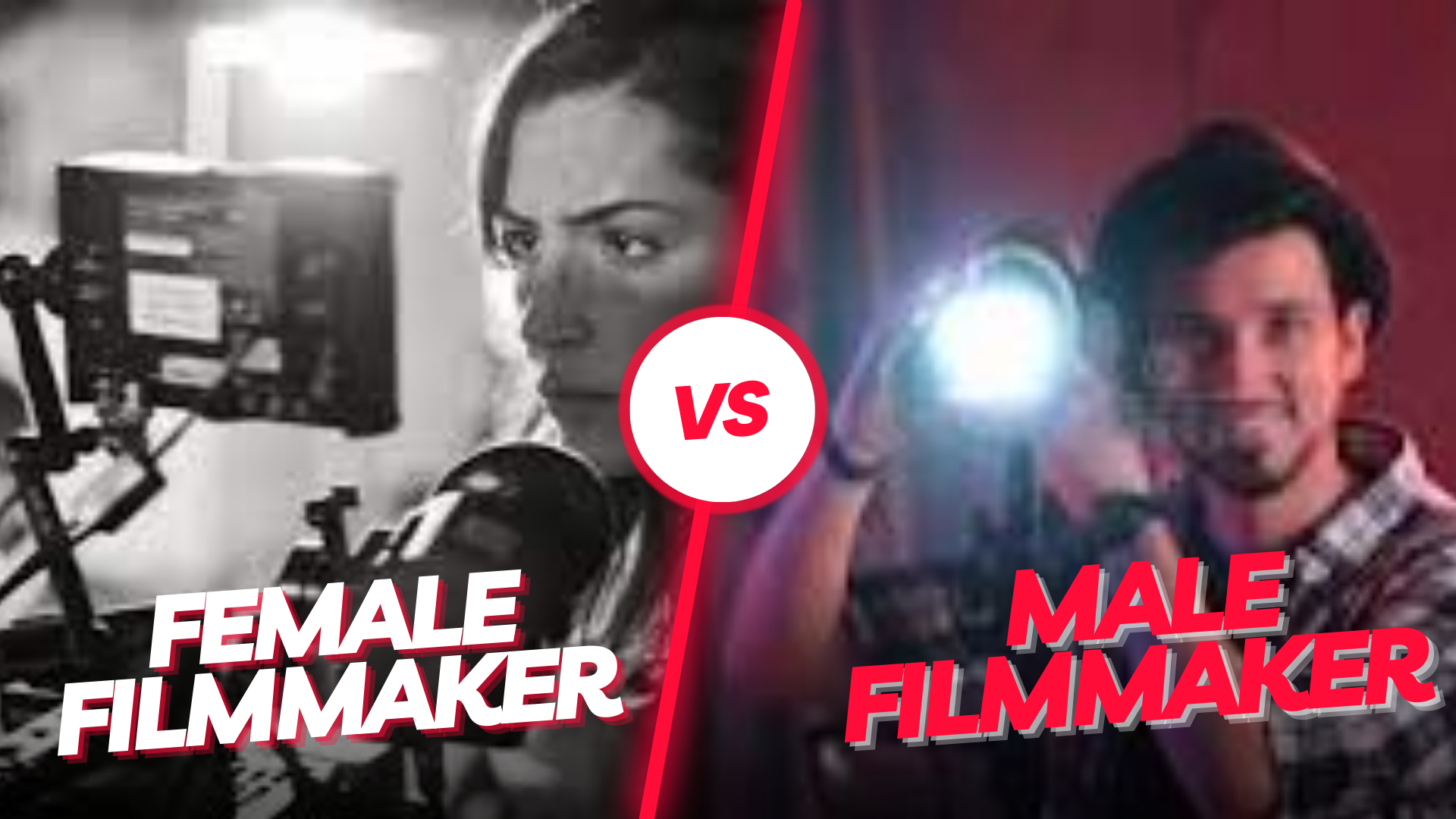WHICH IS MORE POPULAR– MALE-LED OR FEMALE-LED FILMS?
The debate about whether female-led films or male-led films are more popular has been a contentious issue in the entertainment industry for decades. While both genders have had their fair share of success, there is no clear answer to which is more popular. In this blog, we’ll explore the various factors that contribute to the popularity of female-led and male-led films and examine some notable examples of each.
Historically, male-led films have dominated the box office and the overall cultural conversation in Hollywood. This is partly due to the male-dominated nature of the industry itself. Men have been the primary writers, directors, producers, and studio heads in Hollywood for most of its history. As a result, many films have centered around male protagonists, catering to the male gaze and male power fantasies.
However, in recent years, the landscape has started to shift. Female-led films have gained more prominence and critical acclaim, and there has been a push for more diversity and inclusivity in Hollywood. Many people have recognized the importance of representation and the value of telling stories from different perspectives.
One of the most significant factors contributing to the popularity of female-led films is the audience’s desire for representation and diversity. Women make up half of the population, and they want to see themselves represented on screen in ways that reflect their experiences and perspectives. Female-led films that tackle issues such as sexism, gender inequality, and female empowerment resonate with audiences and often perform well at the box office.
Recent examples of successful female-led films include Wonder Woman, Captain Marvel, Black Widow, and Mulan. These films all feature strong, complex female protagonists and have grossed hundreds of millions of dollars worldwide. The success of these films demonstrates that there is a large audience for female-led films and that they can be just as financially successful as male-led films.
On the other hand, male-led films still dominate the box office, particularly in action and superhero genres. This is partly due to the fact that these genres have traditionally been male-dominated, with male superheroes serving as the default protagonist. Additionally, male-led films are often marketed more aggressively, with larger advertising budgets and more merchandise tie-ins.
However, male-led films are not without their drawbacks. Many male-led films rely on tired tropes and stereotypes, portraying male protagonists as emotionless, invincible heroes. This can lead to a lack of nuance and depth in male-led films, making them less appealing to some audiences.
In conclusion, it’s challenging to say definitively whether female-led or male-led films are more popular. Both have their strengths and weaknesses, and both can resonate with audiences in different ways. Ultimately, what matters most is that there is a diverse range of stories and perspectives represented in the entertainment industry, allowing everyone to find something that speaks to them.
If you are an independent filmmaker, WFCN has the perfect platform for you. Once you are done making your independent movie, you can surf through our 600+ top film festivals and find your niche. We also have CANVAS, a platform for self-distribution. Go and check it out now!





